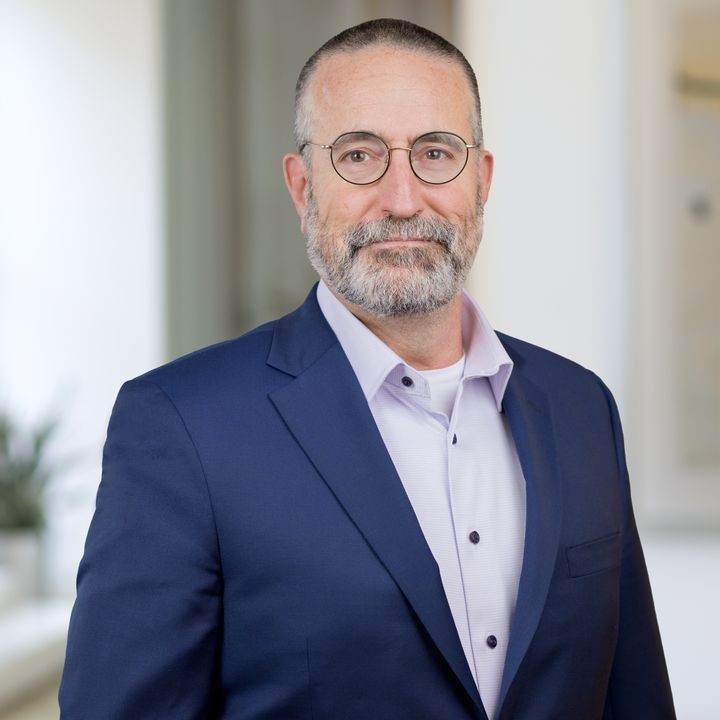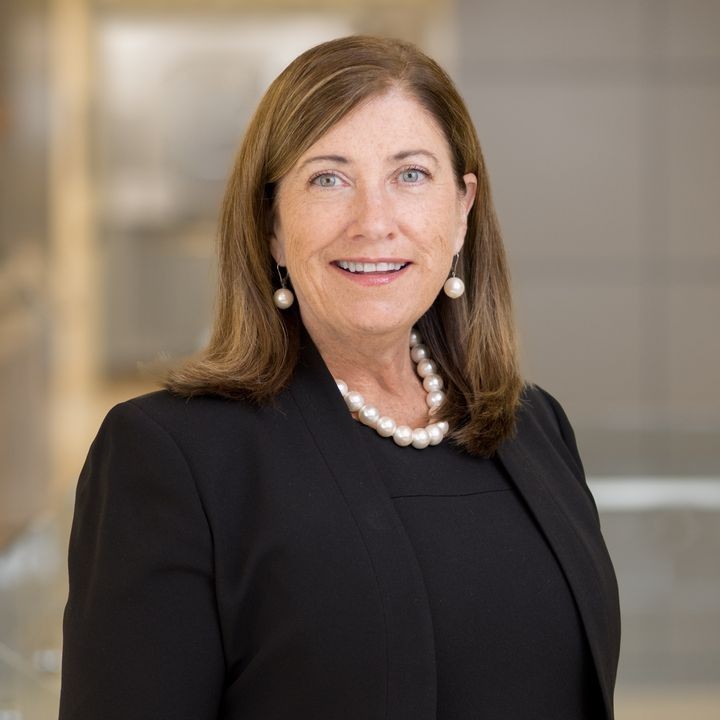EPA Unveils New "Safer Choice" Product Labels
Client Alert | 39 min read | 03.16.15
On March 5, EPA launched new product labels for its "Safer Choice" program. Intended to help consumers identify "safer" products that have been vetted by EPA's Design for the Environment program, this labeling initiative demonstrates EPA's commitment to inform consumers about the chemical content in everyday products. EPA expects the new labels to have more of an impact with consumers than the "Design for the Environment" labels they replace, and hopes they will drive safer chemicals and products to the marketplace.
New Label Intended to Drive Consumer Choice
For fifteen years, EPA's Design for the Environment program has offered companies the opportunity to put "Design for the Environment" labels on products meeting certain requirements. But those labels, which bore the legends "Design for the Environment" and "Recognized for Safer Chemistry," largely failed to resonate with consumers and manufacturers. In 2014, EPA embarked on a year-long process to design a new label—which was influenced by more than 1700 public comments, six consumer focus groups, and a nationwide online survey.
Products may now qualify for one of three new labels—a primary label for consumer products, another for institutional and industrial products, and one for products that are fragrance free. The new labels prominently include the words "Meets U.S. EPA Safer Product Standards."
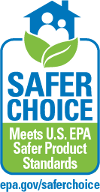 | 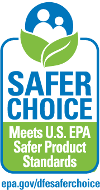 | 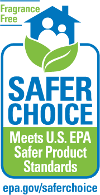 |
According to EPA, the labels are meant to:
- better convey the scientific rigor of the product evaluation undertaken before a product may wear the Safer Choice badge,
- increase consumer recognition of the Safer Choice label, and
- encourage innovation to bring safer chemicals and products to the marketplace.
EPA states that products meeting the Safer Choice standard are safer for people, pets, and the environment.
Safer Choice Program Requirements Remain the Same
Aside from the introduction of a new Fragrance Free category, the rules for participation in the Safer Choice program have not materially changed from those for the Design for the Environment program. A company must affirmatively apply to Safer Choice and complete a partnership agreement identifying the products it wants to include in the program. Those products then undergo review by a third party, to verify that the Safer Choice criteria are satisfied. If the review is successful and EPA approves the products for inclusion in the program, EPA will negotiate the parameters of the company's inclusion in the program and will execute a partnership agreement with the company. The partner company may then proceed to use the Safer Choice label on its products and in advertising solely related to specific qualifying products.
Program Requirements
In order to become a Safer Choice partner, a company must disclose all of the ingredients of the product it wants included in the program to Safer Choice and one of two Safer Choice-approved third party evaluators. The evaluator then creates a profile of the product based on all known health and toxicity information for the product and its ingredients. Based on that information, Safer Choice approves ingredients, identifies areas for improvement or safer alternative ingredients, or requests more information.
The Safer Choice program evaluates products on the basis of their safety both to human health and the environment, as well as performance, packaging, and disclosure of ingredients. EPA evaluates chemical ingredients according to a multifaceted list of criteria, including: performance, pH, emission of VOCs and hazardous air pollutants, and lifecycle energy efficiency. Ingredients are compared to others in their functional class (e.g., solvents, surfactants, chelates) to identify the safest ingredients in each class according to EPA's criteria. EPA maintains the Safer Chemicals Ingredients List for those ingredients it considers safest on its website.
Safer Choice's new Fragrance Free category requires that products bearing the Fragrance Free version of the Safer Choice label contain no ingredients meant to create or mask scents in the product. This includes dual-use ingredients, but does not encompass ingredients that have an aroma but are not purposefully included as a fragrance.
Packaging Requirements
In addition to meeting performance standards and containing safer ingredients, "Safer Choice" products must satisfy certain packaging criteria. Applicant companies must submit documentation from the packaging manufacturer that the primary packaging (i.e., the packaging that comes into direct contact with the product) does not contain any intentionally added heavy metals, BPA, or phthalates. Participants must also include documentation that at least twenty-five percent of the primary packaging meets one of six sustainability criteria:
- Sourced, manufactured, transported, and recycled using renewable energy;
- Optimizes use of renewable or recycled source materials;
- Manufactured using clean production techniques and best practices;
- Made from materials healthful in all probable end-of-life scenarios;
- Physically designed to optimize materials and energy; or
- Effectively recovered or used in biological and/or industrial closed-loop cycles.
Labeling Parameters and a Required Disclaimer
Once the product is approved for the Safer Choice label, the partner company does not have free reign on its use. The label can only be used on containers, packaging, or advertising related solely to the product, provided that EPA has reviewed and approved the intended label use. The label may not be used to describe EPA's recognition on any general company materials or in advertising not specific to the qualifying product. The partner company may not use the EPA official seal or logo at any time.
Additionally, the Safer Choice label must include the EPA web address, epa.gov/saferchoice, as shown in the label examples above. And the company must include EPA's following endorsement disclaimer when advertising the qualifying products:
EPA/Safer Choice recognition does not constitute endorsement of this product. The Safer Choice label signifies that the product's formula, as «Company_Name» has represented it to the EPA, contains ingredients with more positive human health and environmental characteristics than conventional products of the same type. EPA/Safer Choice relies solely on «Company_Name», its integrity and good faith, for information on the product's composition, ingredients and attributes. EPA/Safer Choice has not independently identified, that is, via chemical analysis, the ingredients in the product formula, nor evaluated any of «Company_Name» non-ingredient claims. EPA/Safer Choice provides its evaluation only as to the product's human health and environmental characteristics, as specified in the Safer Choice Standard and based on currently available information and scientific understanding.
Notably, EPA has committed to working with partner companies "to find an appropriate place to include the disclaimer (e.g., the company's website) connected with advertising the qualifying products." But companies should be cognizant that such agreements could satisfy EPA's requirements, but still run afoul of the Federal Trade Commission's (FTC) rules regarding advertising and disclosures.
Further, although EPA consulted with the FTC to align the Safer Choice program with FTC's Green Guides, participation in the program is not a shield against FTC false advertising or deceptive practices enforcement. By signing a partnership agreement under the Safer Choices program, companies open themselves to potential action by both EPA and the FTC should they fail to meet the requirements of the agreement. And companies not participating in the Safer Choice program must also take care that their advertising does not imply participation in the program, to avoid potential FTC enforcement action.
Benefits of the Program for Participating Companies
For consumer product manufacturers, the obvious advantage of participating in the Safer Choice program is the ability to include Safer Choice labeling in packaging and advertisements. Unlike the previous, vague language of the Design for Environment label, the "Safer Choice" label conveys a clear message: EPA has reviewed and blessed the product as safer than similar products not carrying the label.
Regardless of regulatory requirements, major retailers are moving to address consumer requests for more "green" products. Several retailers use the Design for the Environment standards as a benchmark for their own "green chemistry" initiatives. For example, Walmart has set Design for the Environment certification as a near-future goal for their private brands, and Target is also using the standards as part of their "green chemistry" benchmarking.
Program Participation is Not without Risk
Although there are clear benefits to participation in the Safer Choice program, companies interested in the program should also be aware of the additional burdens and regulatory risks it imposes.
By signing a partnership agreement with EPA, companies commit to disclosing all ingredients of their products – with certain exceptions – and must report any change to their products' formula to EPA. The program provides some protections for proprietary business information despite the requirement for ingredient disclosure. Partner companies also promise to discuss efforts to improve the safety of approved products with EPA on at least an annual basis. Most critically, companies must discontinue using the Safer Choice label within 30 days if the agreed-upon ingredients in the product formulation changes, the partnership with EPA terminates, or the manufacturer is notified by EPA. This may require manufacturers to exercise increased vigilance over suppliers or be prepared to recall product if ingredients change without notice.
For assistance in preparing products for Safer Choice review, weighing the benefits of participation, or discussing how to comply with both FTC and EPA requirements when advertising Safer Choice products, contact one of the Crowell & Moring attorneys listed on this alert.
Contacts
Insights
Client Alert | 10 min read | 12.24.25
Since the signing of Executive Order 14187 (“Protecting Children from Chemical & Surgical Mutilation”) in late January 2025, the Trump Administration has made its skeptical stance on gender-affirming care—especially regarding services provided to minors—clear.
Client Alert | 3 min read | 12.24.25
Keeping it Real: FTC Targets Fake Reviews in First Consumer Review Rule
Client Alert | 5 min read | 12.23.25
An ITAR-ly Critical Reminder of Cybersecurity Requirements: DOJ Settles with Swiss Automation, Inc.
Client Alert | 2 min read | 12.23.25
Record-Setting False Claims Act Settlement Highlights DOJ Commitment to Customs Enforcement

